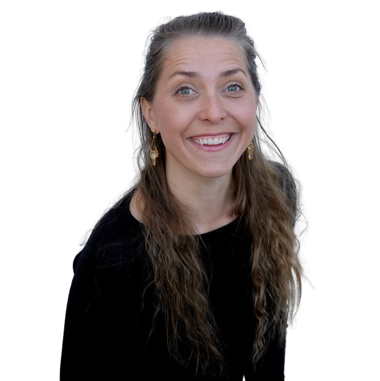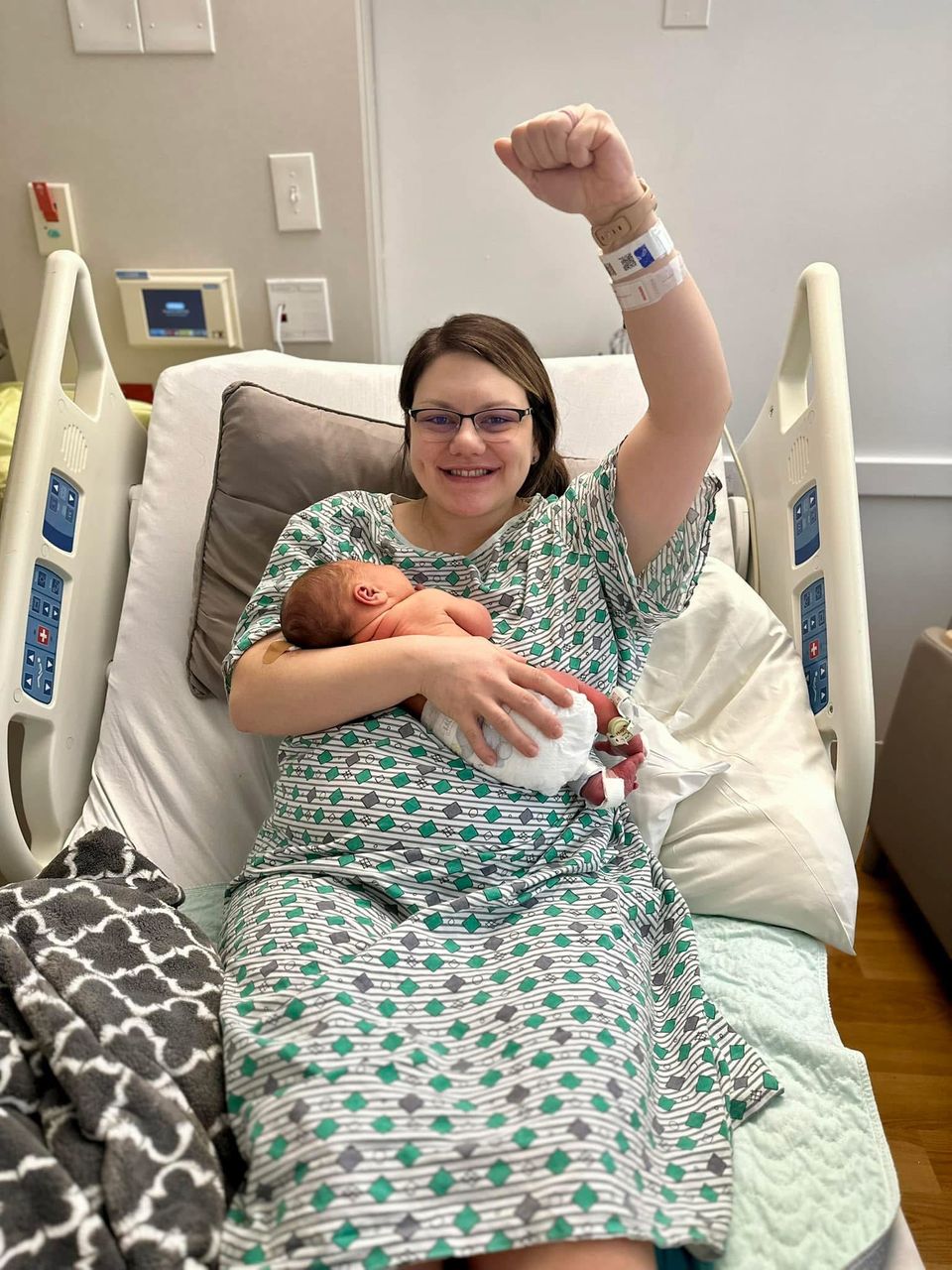After my first traumatic and unplanned cesarean section, I used self approving mantras such as- I am strong, my body will heal, and my age and fitness levels are advantageous to successful and rapid healing. But the feelings of inadequacy and unpreparedness came rushing forward when I returned home 6 days later, gingerly stepped out of the shower and sat staring at my new changed and scarred body. As a first time mother who was also healing from a major abdominal surgery, and the expanded incision of my obliques from my baby lodging under my left hip, I felt physically and emotionally overwhelmed. The physical pain I felt everyday was often swallowed up by the awe and wonder that overcame me as I gazed into the face of my newborn. She was a beautiful, contented, joyful and gregarious baby, who kept me constantly busy and helped me forget the throbbing 13 inch scar that transversed my abdomen. And I am not alone.
Cesarean sections are increasing around the world. In 2020 in the United States, 31.8% of live births were cesarean deliveries with the rate of primary cesarean deliveries found to be 21.9 out of 100. This is a 50 percent increase over the last decade in births delivered surgically verses vaginally. Most women are told by their doctor they can preform daily activities with limited motion and avoid lifting for the first 4-6 weeks without experiencing pain or discomfort after receiving a C-Section. The first documented cesarean section on a living woman was performed in 1610. She died 25 days after the surgery. Abdominal delivery was tried in many ways and under many conditions, but it almost invariably resulted in the death of the mother from sepsis (infection) or hemorrhage (bleeding).
When I was cleared for exercise, intimacy and return to work, 6 weeks after my delivery, I made an uninformed and unwise decision to jump full throttle into losing my mama pooch and fitting into my pre pregnancy clothes by thanksgiving (my baby was born August 19th). I was a less than obedient patient during my postpartum weeks in terms of heavy lifting, not using pain medication regularly and not really “taking it easy.” I felt young, confident and assured that having had survived surgeries and broken bones in the past, my healing would not hinder my active way of life. I believe I suffered more pain than necessary from these unwise decisions, but experienced only minor setbacks in my overall recovery. I worked diligently with my care team of home nurses, lactation specialists, OBGYN, nutritionalist, and counselors , to treat postpartum depression and nutritional deficiencies that came with first time motherhood.
I studied and prepared for a VBAC the moment we decided to start trying to conceive again and I remained positive in my thinking that I could have healthy and uncomplicated pregnancies and deliveries in the future. The March of Dimes organization evaluated in 2020 the rate of vaginal births after a previous cesarean (VBAC) and found 13.9 per 100 live births were to women who have had a previous cesarean delivery.
There are risks when attempting a VBAC such as uterine rupture- a tear in the wall of the uterus, that often occurs at the site of a previous C-section incision. I was informed of the risks, but was assured that I could attempt a VBAC unless other complications arose that were out of my control. While uterine rupture is a potentially dangerous complication, it is rare. Most studies show that for women who have had one prior C-section with a low-transverse (horizontal) incision, the risk of uterine rupture is less than 1 percent.
When I fell pregnant with my second baby, I was prepared and worked alongside my doctor to attempt a VBAC. I learned that God loves His children, and learned great humility and patience, when I arrived at another unplanned c-section for my second baby nearly 2 years from my first. After experiencing the difficulties of these first two deliveries, I was informed that hip dysplasia- the dislocation and breaking of my hip from its socket at birth, would prohibit me from ever attempting a VBAC. This was indeed heartbreaking and caused some reflection for the size of family we could bring into the world.
However, the hope I felt from watching my aunt, one of my great hero’s, deliver eight babies via C-Section, and raise a family with little complications from her deliveries gave me strength. Being a biologist- I study, research, question and seek information regarding every big decision in my health and the health of my family through scientific articles and literature. Equally, as a woman of faith, I knew that God could bring me grace, success and guide me to fulfill my greatest desires of having children. Coupled with knowledge, research, faith and the miracles of modern medicine, I have been able to bring five priceless babies into this world safely and in great care. I have had five beautiful, eventful, and very different C-Sections that have reminded me of the quote by Napoleon Hill, “ Great achievement is usually born of great sacrifice, and is never the result of selfishness.” I would be honored to bring more babies into the world through my healed and strengthen body and through the blessing of C-Section deliveries.
Article by Christina Packard

Christina is the mother of 5. She is a writer and educator for Made Mindful, LLC. Along with gardening, embroidery, and playing the piano and trumpet, she finds thrills in anything DIY or craft related.





